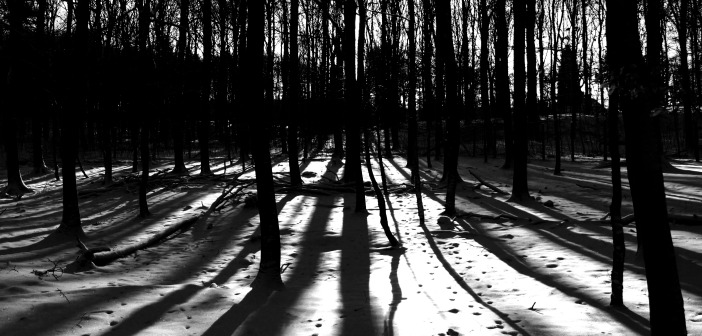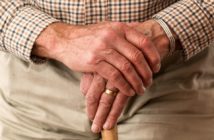Every year, right around mid-September, it’s like a switch gets flipped. The days are noticeably shorter, the angle of sunlight gets lower, the nights get crisp and cool. People dig into their closets for jackets and turtlenecks and, suddenly, winter boots are in the stores.
Fall is a beautiful, colorful time of year, but with it comes the sense that warmth and light are fleeting. Flower gardens die back and another growing season ends. For many of us, it’s a sad time, but for some of us, major depression can set in.
Seasonal affective disorder (SAD) is well named. It used to be called “the winter blues,” something that would inevitably come and go, something people had to tough out on their own. In modern times, it’s become so widespread and severe enough that studies have been done by major institutions like the Mayo Clinic and the U.S. National Institutes of Health.
SAD tends to arrive in the fall, stay for the winter, then lift in the spring and summer, only to return with a vengeance. What are the symptoms?
Feeling Depressed
Depression takes many forms and can be extremely hard to deal with. SAD depression lasts for most of the day, every day. Feelings of worthlessness, hopelessness, thoughts of death or even suicide make it hard to cope. This can lead to a loss of interest in things that used to be fun, which only strengthens the depression and increases feelings of isolation.
Lack of Energy
Chronic fatigue, exhaustion and listlessness are another strong indicator of SAD. A loss of interest in things you used to enjoy, like going to the movies, dining out, going for a walk become intense. Even cooking a meal, doing a load of laundry, taking a shower or making the bed seem like too much.
Changes in Appetite
Some people tend to pack on a few extra pounds over the winter, sort of a throwback to our animal ancestors who needed more fat during the cold months to survive. Others lose interest in food and lose weight. A person with SAD might self-medicate with food or an extra glass of wine, suddenly craving more sweets or diving into comfort foods.
Sleeplessness
People with SAD truly suffer from the sleep disruptions that happen with one-hour difference of Daylight Savings Time. “Falling back” is like falling into a black hole. Winter has the shortest days and longest nights of the year, and if you find yourself under the covers, staring at the ceiling at four in the morning, you’re not alone.
Irritability and Anxiety
Not eating right, feeling depressed and sleeping poorly affect every part of a person’s life when they have SAD. No wonder panic attacks, moodiness and snapping at others, often over nothing begin happening on a regular basis. It’s hard to function normally when you feel like your arms and legs are too heavy to lift.
Getting a Diagnosis and Treatment
Everyone has a bad day now and then, and it’s very normal to have one or two of these symptoms once in a while. See a doctor if you’re experiencing them daily, because there are a lot of treatments for seasonal affective disorder.
We talked with Alaska Northern Lights, Inc. about what to do, and they explained, “The solution may be as simple as installing a light therapy box in your home and using it every day to expose your skin to what feels like bright daylight. Severe cases of SAD can be treated with antidepressant medications.” Psychotherapy and support groups can help you deal with stress. There are also homeopathic treatments for SAD that can help stabilize moods and offset the effects of poor diet and lack of sleep. The important thing is to get help and support when you feel the seasons begin to affect your mood and health.
http://www.ncbi.nlm.nih.gov/pmc/articles/PMC3004726/
http://www.mayoclinic.org/diseases-conditions/seasonal-affective-disorder/basics/treatment/con-20021047




